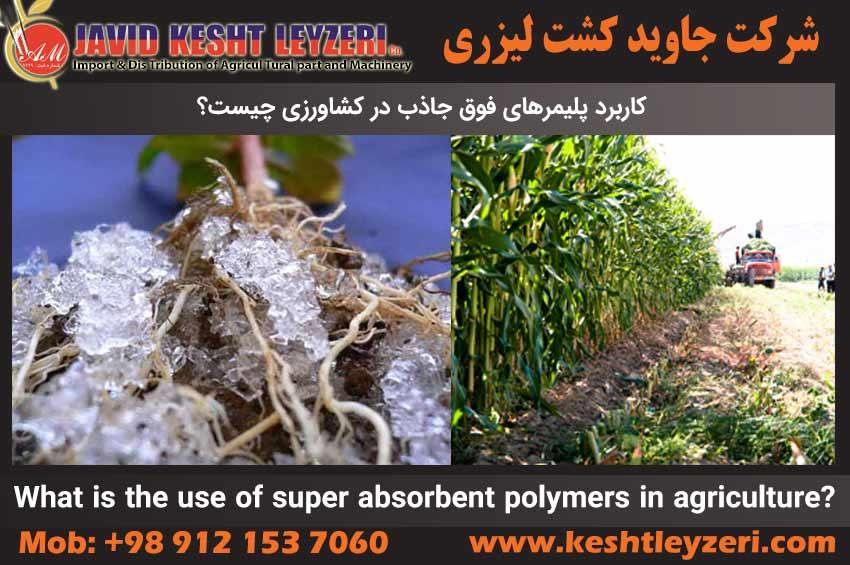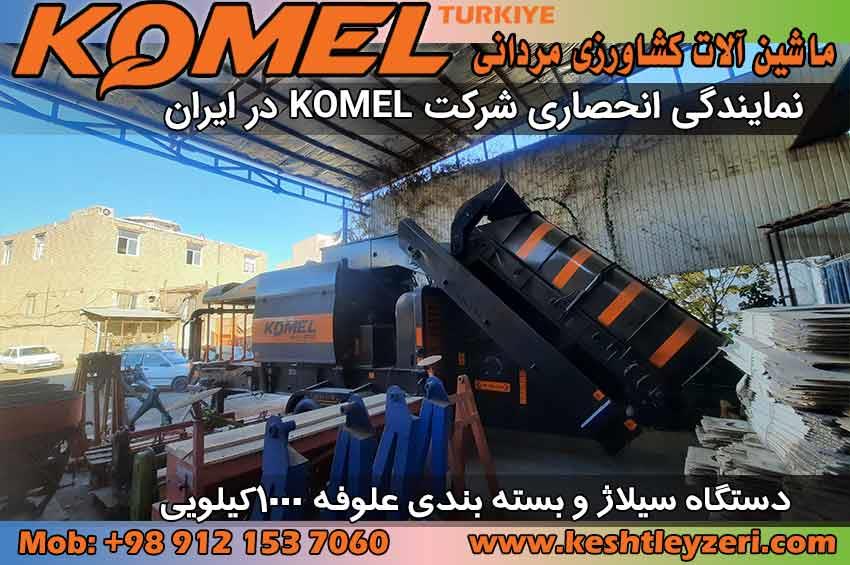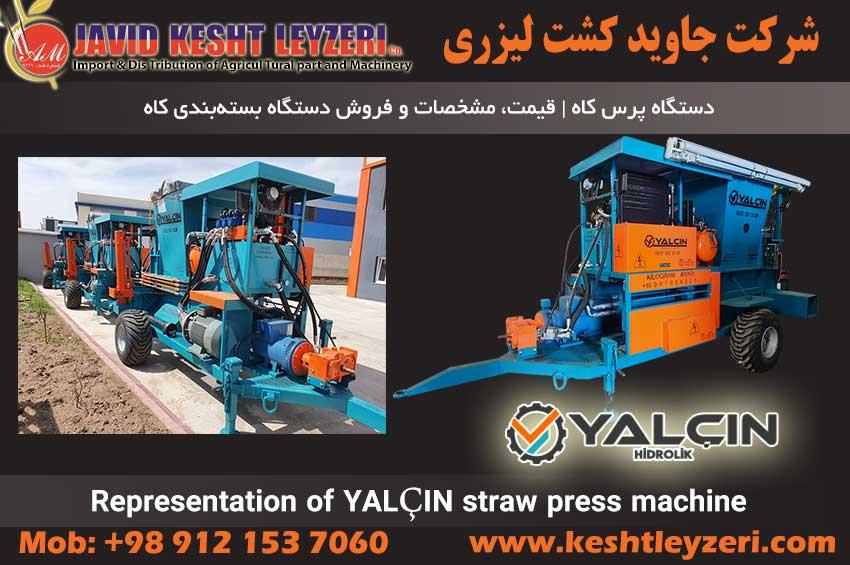
What is the use of super absorbent polymers in agriculture?
javid keshtleyzeri Co.ltd
List of contents of this section:
What is the necessity of using super absorbent polymers in agriculture?
What are super absorbent polymers?
What are the challenges of using absorbent polymers?
What is hydrogel?
What are the uses of hydrogel?
What is the biological breakdown of hydrogels?
What is the importance of hydrogel in plant performance?
What does the seed coat help to establish the seedling?
What is the polymer coating of corn seeds?
In the following, the above contents will be reviewed in full.
What is the necessity of using super absorbent polymers in agriculture?
Natural strategies to protect the environment and the health of plants, animals and humans are recognized as one of the main goals of countries. The use of absorbent polymers and hydrogels in agriculture has recently shown many advantages in soil amendment. These benefits include maintaining water content, reducing the consumption of soil nutrients, controlling the negative effects of water shortage and water stress in crops, and controlling some plant damaging factors. Seed coating technology is also one of the common methods to improve seed protection and enhance plant growth. The use of polymers and hydrogels, along with growth regulators, pesticides, fertilizers and symbiotic microorganisms, are considered as seed coating materials. This paper points out the importance of a variety of absorbent polymers and hydrogels in an integrated strategy for the protection of seeds, plants and soil in a balanced way.
What are super absorbent polymers?
The above absorbent polymers are known as absorbent polymers, absorbent gels, Abgel or hydrogel. These are synthetic macromolecular materials that have the capacity to accumulate water in excess of their weight (up to 100 times) due to osmosis. In addition, the above absorbent polymer is mainly used to improve soil properties. These materials are generally composed of water-loving substances such as sugar, which turn into a clear gel when water is added to them. The above absorbent polymers are known as effective, hydrophilic, three-dimensional and dense polymers that are able to increase the volume of water in the soil more than a hundred times their weight. In addition, among other applications of these polymers, we can mention improving the performance of fertilizers and creating the activities of soil microorganisms.
What are the challenges of using absorbent polymers?
In addition to the useful applications of superabsorbent polymer in soil amendment, we can mention other cases that include changes in the physical characteristics of the soil. including changes in porosity, compaction and soil structure. Considering the reduction of water consumption in the use of superabsorbent polymer, their performance should be determined correctly. But there are some disadvantages, especially for synthetic superabsorbent polymers. They are non-biodegradable substances and are non-degradable and likely to be toxic to living organisms and the environment.
The use of commercially available super absorbent polymers on seeds and different plants has been reported according to several studies. In these studies, it is mentioned that these materials are non-degradable in the environment and their raw materials are also non-degradable. Therefore, the high use of these polymers in agriculture, such as seed coating or soil amendment, can cause risks related to plant health and soil productivity, and even environmental pollution. Studies on corn have shown that the use of carbohydrate-based superabsorbent polymers has been beneficial, along with lower water consumption for corn germination and growth. Also, another study has shown that the use of superabsorbent polymer can increase the survival of corn plants under drought stress conditions. In this study, with increasing drought stress, the diameter of corn cobs decreased. Also, the consumption of different proportions of absorbent polymer increases the diameter of the corn cob compared to not using it. In another study, it has been shown that the consumption of 150 kg per hectare of superabsorbent polymer and one liter per hectare of nitroxine increases the highest yield of corn and its growth.
What is hydrogel?
Hydrogel is a substance that is actually a type of hydrophilic polymer. This material can absorb water and after absorbing water, it turns into a gel. One of the common uses of hydrogel is in the agricultural industry, as a biological agent, it can be effective in maintaining water and nutrients as well as preventing water loss.
In addition, the hydrogel can be installed on dry soils that require moisture and have this property, for example, the possibility of getting wet and the product being rejected, or even it can be installed in the soil, according to the conditions of the objectives, with a thickness of 2.5 cm. and increased the serious and reliable presence of water in the soil to a time of up to 150 dry days.
Hydrogel, which is a network of hydrophilic polymer chains, has many applications in the medical field in general. These materials are able to absorb body fluids and exchange with the external environment, so they can be used as carriers of drugs to treat wounds.
The main application of hydrogels in agriculture is to reduce the need for irrigation. These hydrogels can be physicochemically divided into two main groups. The first group includes hydrogels with reversible properties, whose polymer chains are connected by electrostatic hydrogen bonds. This group easily turns into a gel-like mixture when heated, like gelatin and agar. The second group of hydrogels includes chemically stable hydrogels, whose polymer chains are connected by stable covalent bonds, and includes starch and vinyl monomers such as acrylic acid, acrylamide, acrylonitrile, and polyvinyl alcohol.
In agriculture, the most common type of hydrogel is potassium polyacrylate or sodium polyacrylate. The use of hydrogels, especially in agriculture, has been greatly expanded due to their easy decomposition in soil and their renewable nature compared to other absorbent polymers.
Also, hydrogels have shown that as a soil conditioner, they can have promising results in improving water and fertilizer retention in the soil, improving soil aeration, reducing evaporation and transpiration, and enhancing seedling emergence.
What are the uses of hydrogel?
Hydrogel is a polymer material that has the ability to absorb water and store it. Due to this feature, hydrogel is used in various cases.
Explanation There are various conditions that may limit plant growth and reduce crop yield. To solve these problems, hydrogels can be used in various fields. For example, the use of hydrogel can help improve soil quality, conserve water, resist drought stress, biotic and abiotic stress, reduce irrigation frequency, and reduce water consumption. Hydrogels can also help reduce the mortality of garden plants and also help to minimize the use of fertilizers and pesticides in fields. Regarding the applications of hydrogel in seed coating, although few research studies are available, there is good information on the use of hydrogel to improve water and fertilizer retention in the soil, increase soil aeration, and reduce evaporation and transpiration.
Below are several uses of hydrogel:
1. In horticultural industries: hydrogel is used in horticulture as a water absorbing material for plants. This substance can effectively absorb water and provide plants with water when they need it.
2. In skin care: Hydrogel is used in the production of skin care products such as sunscreen gel and skin moisturizing creams. This substance acts as a moisture retainer for the skin and has a moisturizing effect.
3. In surgery science: hydrogel can be used in surgery as an anti-inflammatory and moisturizer. This material is usually used as plaque cleaning fibers and alone has the ability to treat gum fissures.
4. In the hygiene industry: in the production of diapers for children, hydrogel pads are added so that the liquid reaches the skin and is stored in absorbent materials.
These are just a few of the many applications of hydrogel and it can be said that this material has a very high potential for other applications.
What is the biological breakdown of hydrogels?
In general, polymer hydrogels are very sensitive and can be easily absorbed by tissues and implanted. On the other hand, these hydrogels are easily degraded when exposed to natural UV rays. For example, polyacrylate is very sensitive to aerobic and anaerobic soil microorganisms and is easily decomposed by water, carbon dioxide and nitrogen. Also, the decomposition of hydrogels can also happen through the action of fungi.
What is the importance of hydrogel in plant performance?
The importance of hydrogel in plant performance includes several aspects. In the case of seed germination, a direct effect by the hydrogel is not guaranteed, but some studies have reported positive results. For example, a study showed that the use of hydrogel can have a positive effect on corn seed germination and seedling growth.
Regarding plant growth, the use of hydrogel can be efficient in different species, especially in sandy soils, because it increases the water holding capacity. However, reports of plant deaths due to improper use of hydrogel should also be noted.
Regarding the prevention of desiccation, several studies have shown that the use of hydrogel in laboratory culture can significantly improve the tolerance of rhizobia in water-stressed conditions. But it should be noted that there are conflicting studies.
What does the seed coat help to establish the seedling?
Seed coating is one of the common methods that use external materials to protect seeds from external factors, salinity, water deficiency and pathogenic factors that usually threaten germination and seedling establishment. This technology can be effective in strengthening germination and seedling establishment, especially in adverse conditions. The annual value of using this technology is more than one billion dollars. Also, seed coating is one of the economic solutions for biological control of pathogenic agents in plants. Beneficial microorganisms are incorporated into various formulations, such as hydrogels, for biological control and enhanced biodegradation. This technology is also effective for germination using the least amount of water possible. Consequently, it is important that the seed coating has no negative effect on the germination pattern or seed health and does not cause secondary seed dormancy.
This method acts as the first line of defense against different climates and pathogens and can also regulate seed metabolism in response to adverse environmental conditions. The seed coat can be soft or hard. The soft coating is slowly moistened and washed away, releasing the seed. Even after absorbing moisture, the hard coat maintains its shape and transfers water to the seed through capillaries, and then the seed germinates.
Although initially seed coating was only used to modify the shape and size of the seed, but now this technology can be used for other applications such as microbial inoculation, growth regulators, systemic treatment, pesticides and the use of He also used micro and macro fertilizers. Some recent studies show that using seed coating can improve nutrients, biological control agents such as beneficial microorganisms and mycorrhizal fungi, improve plant growth, and agrochemicals such as bactericidal, fungicidal, and pesticide. transferred With the help of hydrogels, it is possible to
R added nutrients, microbes and bio-toxins to the seed coat formulation, which have many advantages compared to the old methods and have no negative impact on the surrounding environment.
For example, the use of hydrogel as a seed coating in a forage species of the Fabiaceae family has led to improved seed aeration, a significant increase in seed germination, and reduced drought stress symptoms. Studies show that the use of hydrogel as a seed coating has improved the initial growth of corn seeds under drought stress conditions, with irrigation at a density of 77% of field capacity, significantly increasing seed germination.
What is the polymer coating of corn seeds?
Until now, less polymer coating has been used for commercial corn seed. Generally, polymer coating is used in the production of corn hybrid seeds. This is because traditionally, parents are cultivated at different times. To achieve uniformity in flowering between paternal and maternal records, these overlays are used for paternal seed. For the past twenty years, more than 30 hybrid corn seed companies have been using acrylic polymers for parent seed. If these polymers can improve the seed corn plant population and corn seed yield, these polymers have high potential for use in hybrid corn production.
Currently, there is a global growth in the use of innovative methods for plant protection. These methods are used to reduce dependence on chemical and synthetic pesticides for pest control and also help preserve the environment. The use of superabsorbent polymer and hydrogels to protect the soil and increase plant performance against adverse environmental conditions shows that it has been very successful. Seed coating technology is also considered as an interesting strategy to protect seeds against plant pathogens and improve plant growth. In this article, the importance of using superabsorbent polymer and hydrogels has been investigated. Superabsorbent polymer has many advantages, especially in the field of improving and saving water and nutrients in soil. However, there are some disadvantages such as non-biodegradability and possible toxicity in superabsorbent polymers. Therefore, the use of suitable hydrogels that have fewer advantages and disadvantages will bring more promising results in seed and plant protection without any obstacles to maintain soil fertility, reduce water consumption and nutrient loss.






